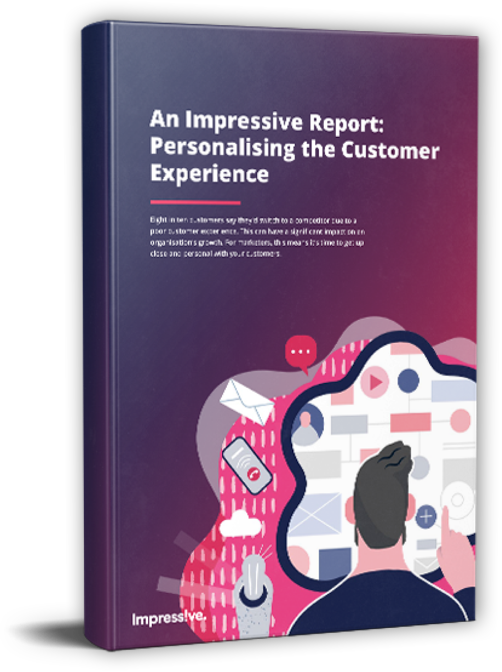Audience engagement is always great, but what do you do with the results you get from your polls and surveys? The answer is simple: turn these results into amazing content your users will love.
Read on to discover more about how this is done.
Get Your Timing Right
Not every situation is right for a poll; not every circumstance is well suited to a survey. You need to choose the right time to apply each.
A poll tends to be pretty quick — just a single question with a few multiple-choice answers or maybe just “yes” and “no.” Surveys take a bit longer to complete and might include a few “yes/no” or multiple-choice questions or even a short written answer.
You’re looking for maximum engagement from your audience, so consider this when you deploy your poll or survey. Use a poll if you want to gauge a quick response or take. Use a survey when you think your users want to add more detail or personal feedback.
Consider the Format
Are you creating a white paper or downloadable e-book with rich and detailed insights for your users? Then you need to get a little scientific. You might need a specialised tool to create this kind of formal survey, but you will gain study-level results that you can use to provide valuable, thought-leadership content.
Of course, you don’t always need to take this approach. Perhaps you’re creating something a little more off-the-cuff — a quick feedback request, for example, or a simple poll designed to engage and inspire your audience. You won’t need any special tools for this. Many content management platforms and social media providers will already offer easy polling and surveying features built into their software. Just remember to collate those results so you can turn this into a smart blog post or web article.
Think about the Crux of Your Content
What information are you trying to deliver to your users? What do you want the point of your content to be? While this might change a little after you have received your survey results, you still need to have some idea in mind of what you’re going to say in your content.
You might start with a central thesis or idea that you can put to the test. Then, you can publish your survey results, highlight any key points or observations, and analyse whether or not your thesis was correct. Having this kind of structure and aim in mind will help you find the narrative within your survey or poll results, which will elevate your content from just a collection of facts and figures into something more readable and engaging.
Choose Your Questions Carefully
Consider this question as an example:
What do you think we can improve about our business?
A: Offer more products.
B: Improve customer service.
C: Provide more offers.
This is a very limited question. There are only three potential variables, so while you might get a nice percentage split across the three answers, it’s not going to reflect what your customers really think. You’ve put the three answers in the mouths of your audience.
How about this one?:
Would you buy this product again?
A: Yes.
B: No.
C: Maybe.
The answers don’t offer any insight. They don’t show the audience’s true intention or allow the user to provide any reasons for their choice.
Here’s another example:
What is your favourite thing about our services?
A: They are highly effective.
B: They are very convenient.
C: They are cost-effective.
D: Another reason (please state).
The format of this one is a little better — you’ll get some qualitative responses as well as some quantitative figures for your content. But the question itself is leading. It’s assuming a positive experience and directing the answer from the user. You might get some nice-looking results, but it won’t make for great content.
When you create your questions, try to use this checklist:
- Does the question need to be qualitative, qualitative, or a mixture of the two?
- What multiple-choice answers should I provide, if any? – Researching expected responses will help you with this.
- Is the question relevant to the thesis of my content?
- How will I display the results? – Some questions will follow a trajectory of change over time, and a line graph might be most suitable. Others may deliver results that are fractions of a single whole, lending themselves perfectly to a pie chart. For questions that offer standalone qualitative responses, pull quotes might be necessary.
Make Your Content Stand Out with Impressive
Ready to engage and enthral with your content? Reach out to Impressive today, request a Free Marketing Plan, and schedule your consultation with our experts.






